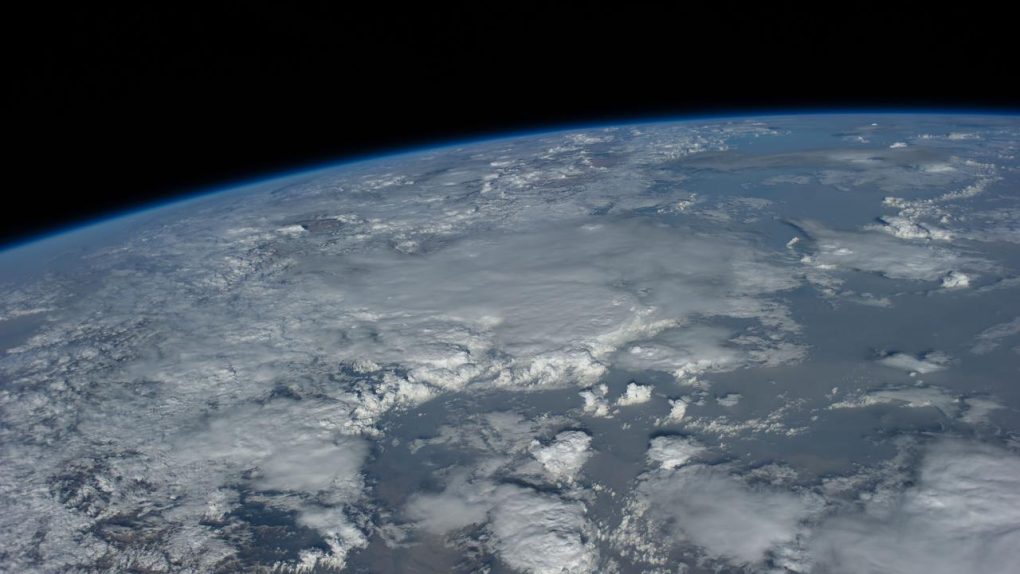Where did life originate? It’s a question that’s been asked ever since humans became self-aware, and today we’re really no closer to a definitive answer than we were when our ancient ancestors were banging rocks together to make the first crude tools. We have a handful of theories that range from a spontaneous reaction of organic chemicals in a boiling stew on the surface of a young Earth to panspermia (the possibility that life originated on another planet before being transferred to Earth via an asteroid collision), but those remain hypothetical explanations at best.
Now, for the first time ever, researchers have identified what they think are the building blocks of life in a sample from an asteroid in our system. A tiny grain of material from the space rock Itokawa was returned by the Hayabusa probe back in 2010, and scientists were eager to see what it held. Now we’re finally getting the answer, and it’s pretty exciting.
Scientists from Royal Holloway at the University of London explain in a new research paper that the spec of asteroid material tells a much larger story, and it appears to contain what are considered to be the prerequisites for the formation of life. Organic compounds and water were identified in the sample, and that organic material could have potentially been enough to plant the seeds of life on some fortunate planet.
This is particularly interesting because Itokawa is an S-type asteroid, which is the most common type of space-traveling rock found on Earth. You can see where this is going, right?
You guessed it! If the asteroid has the ingredients for life — and to be totally clear here, scientists are only guessing what materials were present when the first cellular life formed — an asteroid (or many) carrying similar materials may have crashed into Earth in its formative years. If that was the case, we may owe our existence to some lucky asteroid strikes in Earth’s past.
“The organic matter that has been heated indicates that the asteroid had been heated to over 600°C in the past,” Dr. Queenie Chan of Royal Holloway said in a statement. “The presence of unheated organic matter very close to it, means that the infall of primitive organics arrived on the surface of Itokawa after the asteroid had cooled down.”
“Studying [the sample] has allowed us to better understand how the asteroid constantly evolved by incorporating newly-arrived exogenous water and organic compounds. These findings are really exciting as they reveal complex details of an asteroid’s history and how its evolution pathway is so similar to that of the prebiotic Earth.”
This is one of those theories that are pretty much impossible to prove unless we invent the time machine. Still, it’s exciting to imagine Earthly life springing forth from an asteroid strike since that means similar things might be happening right now on other planets.








